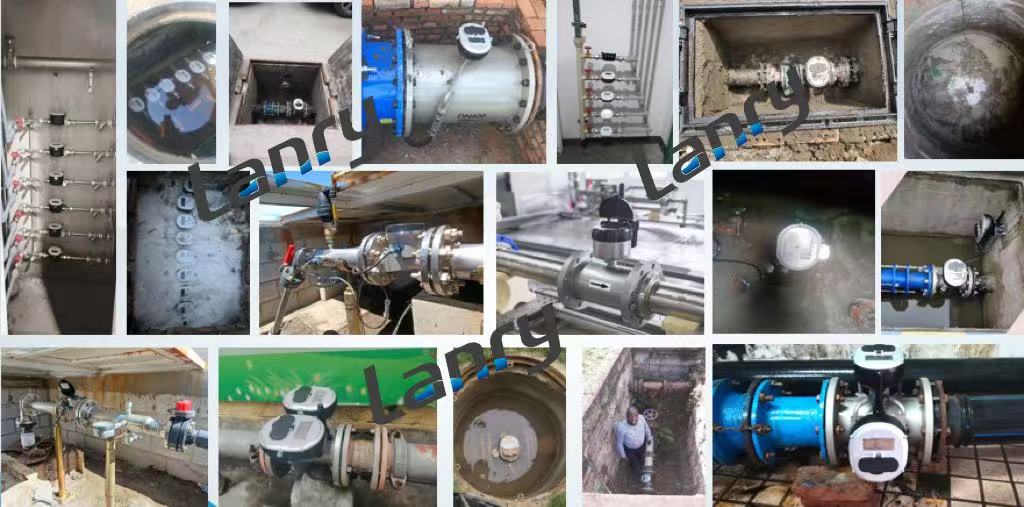Introduction
Ultrasonic water meters are increasingly popular due to their high accuracy, low pressure loss, and long service life. However, during the calibration process, the issue of poor linearity may occur, which undermines the measurement accuracy of the water meters. This article focuses on effective solutions to address this problem.
Understanding the Poor Linearity Issue
Linearity in ultrasonic water meters refers to the consistent proportional relationship between the actual water flow rate and the meter's output signal. Poor linearity means this relationship deviates, leading to inaccurate readings. Identifying the root cause of this deviation is the first step in resolving the problem.
Troubleshooting Methods
Hardware Inspection
- Transducer Examination: Ultrasonic transducers are key components in ultrasonic water meters. Over time, they may be affected by scale deposits, corrosion, or physical damage. Regularly check the transducers for any signs of fouling. Use appropriate cleaning agents to remove scale and ensure that the transducers are in optimal working condition. If there is physical damage, replace the damaged transducers immediately.
- Pipe Condition Check: The condition of the pipes where the water meter is installed can significantly impact linearity. Pipes with rough inner walls, bends, or partial blockages can disrupt the flow pattern, leading to inaccurate measurements. Inspect the pipes for any irregularities and, if necessary, replace or clean them to ensure smooth water flow.
Software and Algorithm Calibration
- Flow Rate Calculation Algorithm: Review and optimize the flow rate calculation algorithm used in the water meter. Update the software to the latest version provided by the manufacturer, as it may contain bug fixes and improvements related to linearity. In some cases, custom calibration coefficients may need to be adjusted based on the specific characteristics of the water meter and the installation environment.
- Data Compensation: Implement data compensation techniques to correct for any systematic errors. For example, temperature and pressure compensation algorithms can be used to account for changes in the physical properties of water, which may affect the ultrasonic signal propagation and measurement accuracy.
Environmental Factor Control
- Flow Rate Stability: Ensure a stable flow rate during calibration. Sudden fluctuations in flow can cause inconsistent readings and poor linearity. Use flow control devices, such as flow regulators and valves, to maintain a steady flow rate. Additionally, the calibration equipment should be properly calibrated and maintained to ensure accurate flow rate control.
- Ambient Conditions: Monitor and control ambient conditions such as temperature, humidity, and electromagnetic interference. Extreme temperatures or high humidity levels can affect the performance of the ultrasonic water meter. Shield the water meter from strong electromagnetic fields to prevent interference with the ultrasonic signals.
Conclusion
Addressing the issue of poor linearity during ultrasonic water meter calibration requires a comprehensive approach that involves hardware inspection, software calibration, and environmental factor control. By following the methods outlined in this article, technicians can improve the measurement accuracy and reliability of ultrasonic water meters, ensuring their proper operation in various applications. Regular maintenance and calibration are also essential to prevent the recurrence of linearity problems and maintain the long - term performance of the water meters.

Post time: Apr-08-2025

